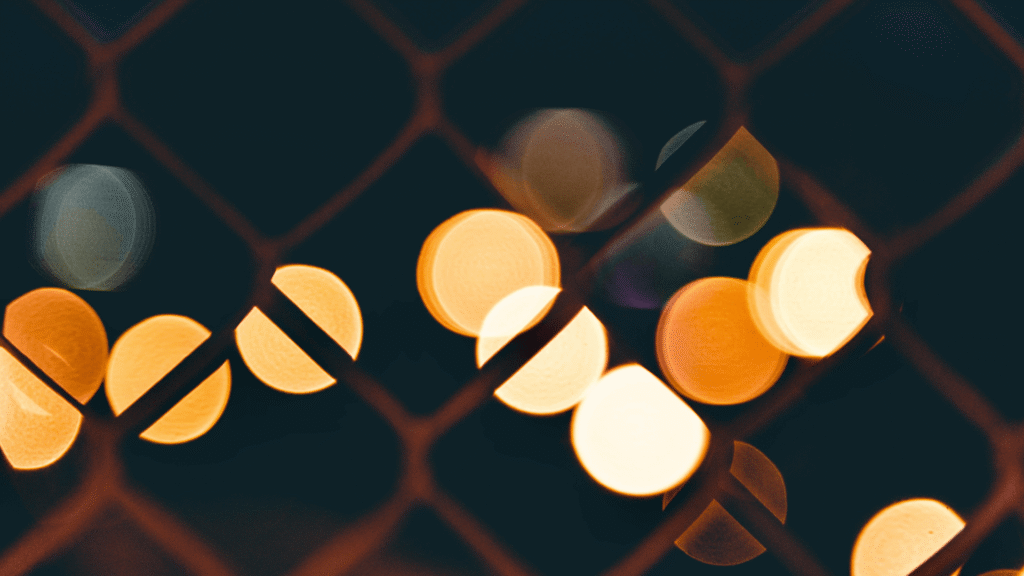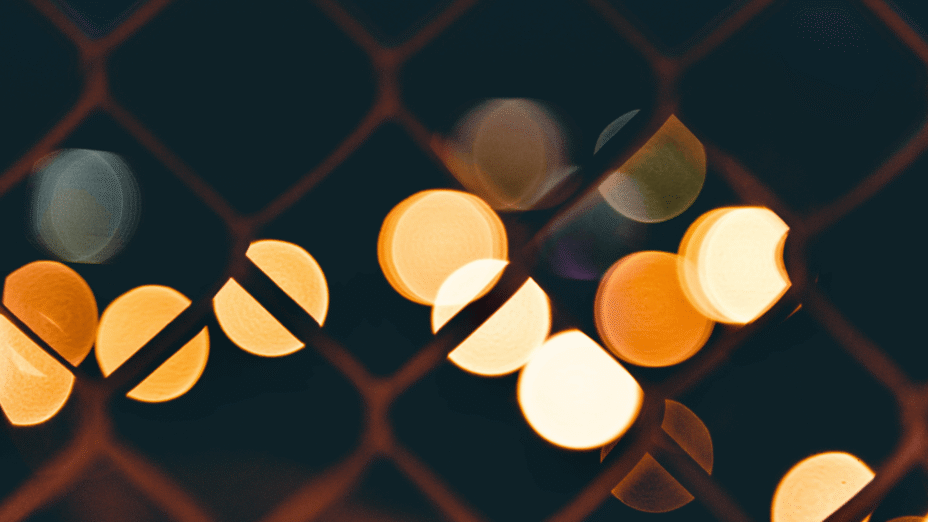Introduction: A Shifting Landscape of Perception
Beauty. It’s a word that echoes through millennia, adorning poetry, inspiring art, and driving a global industry. Yet, in the 21st century, the concept feels increasingly fractured. Bombarded by meticulously curated images on social media, filtered to perfection, and often unattainable, our understanding of beauty is undergoing a seismic shift. The traditional ideals – often rooted in narrow, culturally specific standards – are being challenged, questioned, and, in some cases, dismantled. But is this a purely negative development? Or does this disruption offer an opportunity to redefine beauty, moving beyond superficiality and embracing a more inclusive, authentic, and ultimately, meaningful understanding? This exploration will navigate the evolving landscape of beauty, examining its historical context, psychological underpinnings, cultural variations, and the burgeoning movement towards celebrating individuality and inner radiance.

A Historical Glimpse: Beauty Through the Ages
The notion of beauty isn’t static; it’s a product of its time. Ancient Egyptian art emphasized symmetry and idealized proportions, with elaborate makeup and hairstyles signifying status and beauty. Renaissance paintings celebrated voluptuous figures, reflecting a cultural appreciation for abundance and fertility. The Victorian era championed a pale complexion and delicate features, associating beauty with fragility and refinement. The 20th century witnessed a dramatic shift, with the rise of the “Gibson Girl” and later, the slender, athletic figures popularized by Hollywood. Each era’s ideal was a reflection of its social, economic, and cultural values. Understanding this historical context reveals that beauty standards are not inherent truths, but rather constructed narratives, constantly evolving and subject to change.
The Psychology of Perception: More Than Meets the Eye
While cultural influences shape our preferences, the psychology of beauty delves deeper into why we find certain things appealing. Evolutionary psychology, as previously mentioned, suggests an innate attraction to features signaling health and reproductive fitness. However, this is only part of the story. Cognitive biases play a significant role. The “halo effect” leads us to attribute positive qualities to those we perceive as beautiful, influencing our judgments of their intelligence, kindness, and competence. Furthermore, the “mere-exposure effect” demonstrates that repeated exposure to a stimulus increases our liking for it – explaining why familiar faces often seem more attractive.
Crucially, beauty is also linked to emotional responses. A sunset evokes feelings of awe and wonder, a piece of music can stir deep emotions, and a kind gesture can radiate warmth and beauty. These emotional connections transcend physical attributes, highlighting the subjective and deeply personal nature of beauty perception.

Cultural Diversity: A Spectrum of Aesthetics
The global tapestry of cultures reveals a breathtaking diversity of aesthetic values. In Mauritania, for example, a fuller figure has historically been considered a sign of wealth and beauty, reflecting a culture where food security was a privilege. In contrast, many East Asian cultures prioritize a slender physique and youthful appearance. Body modifications, such as lip plates in some African tribes or intricate tattoos in Polynesian cultures, are not merely decorative; they are integral expressions of identity, status, and beauty. The rise of globalization has undeniably led to a degree of homogenization, with Western beauty standards often dominating mainstream media. However, there’s a growing counter-movement celebrating cultural heritage and challenging the narrow definition of beauty imposed by globalized narratives.
Beyond the Surface: Inner Radiance and Authentic Self-Expression
The current cultural conversation is increasingly focused on shifting the emphasis from external appearance to inner qualities. Authenticity, vulnerability, and self-acceptance are gaining prominence as markers of beauty. The rise of the body positivity movement, for instance, challenges unrealistic beauty standards and encourages individuals to embrace their bodies, regardless of size, shape, or perceived imperfections.
True beauty, arguably, emanates from within. It’s the kindness in a person’s eyes, the strength of their character, the passion they bring to their pursuits, and the courage to be their authentic selves. It’s about embracing imperfections, recognizing that flaws are what make us unique and human. Think of the beauty in a person who has overcome adversity, the resilience in their spirit, and the wisdom reflected in their gaze.
The Future of Beauty: Inclusivity, Sustainability, and Conscious Consumption
The future of beauty is likely to be characterized by greater inclusivity, sustainability, and conscious consumption. The demand for diverse representation in media and advertising is growing, pushing brands to feature models of all ages, ethnicities, body types, and abilities. There’s also a rising awareness of the environmental impact of the beauty industry, leading to a surge in demand for sustainable and ethically sourced products. Consumers are increasingly scrutinizing ingredients, packaging, and manufacturing processes, seeking brands that align with their values.
Ultimately, the evolving face of beauty is a reflection of a broader societal shift towards valuing authenticity, diversity, and inner strength. It’s a move away from the unattainable ideals of the past and towards a more inclusive and empowering vision of what it means to be beautiful.

Notes & Potential Adjustments:
- Specific Movements: Expand on specific body positivity and inclusivity movements (e.g., Black Lives Matter’s impact on beauty standards).
- Technology’s Role: Discuss the impact of AI and deepfakes on perceptions of beauty and the potential for manipulation.
- Mental Health: Address the link between unrealistic beauty standards and mental health issues like anxiety and body dysmorphia.
- Male Beauty: While the focus is often on female beauty, consider briefly exploring evolving standards of male attractiveness.
- Intersectionality: Acknowledge how beauty standards intersect with other forms of social inequality (e.g., race, class, disability).
- Concluding Thought: End with a powerful statement about the potential for beauty to be a force for positive change in the world.
